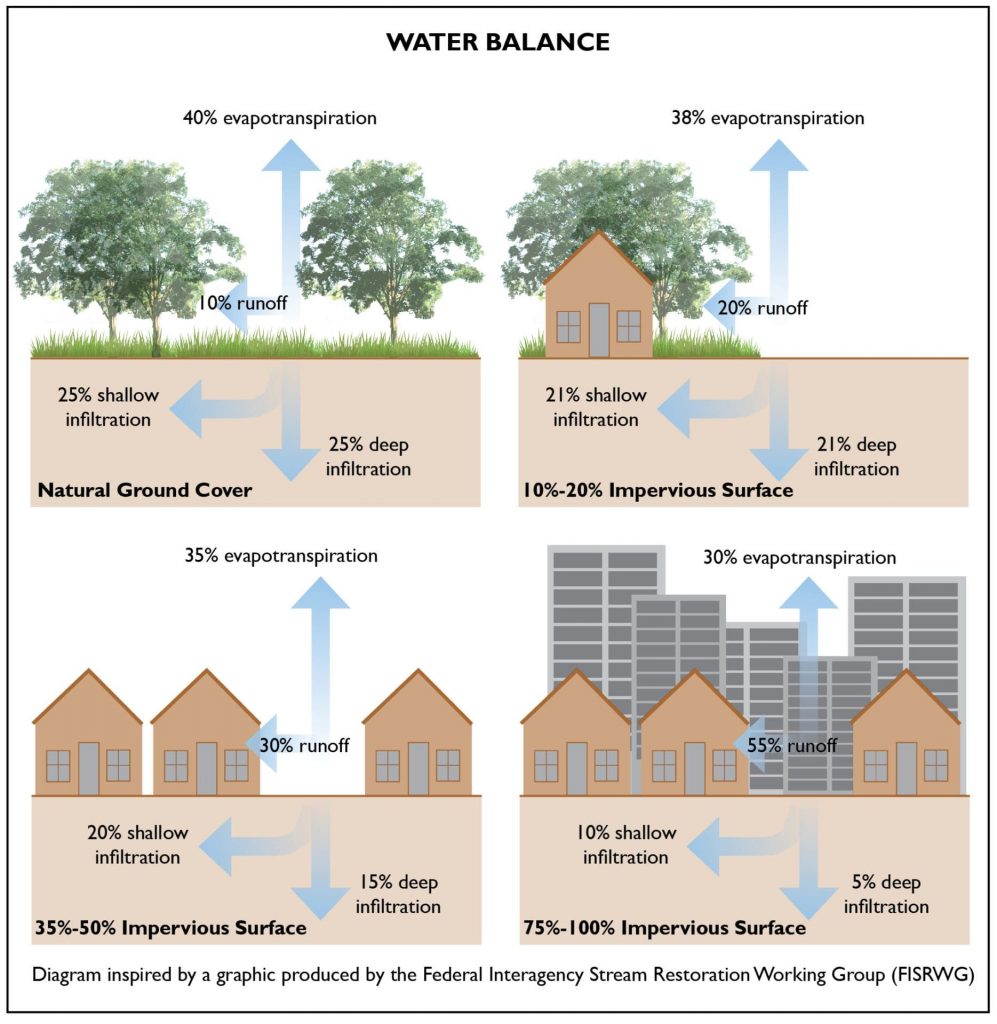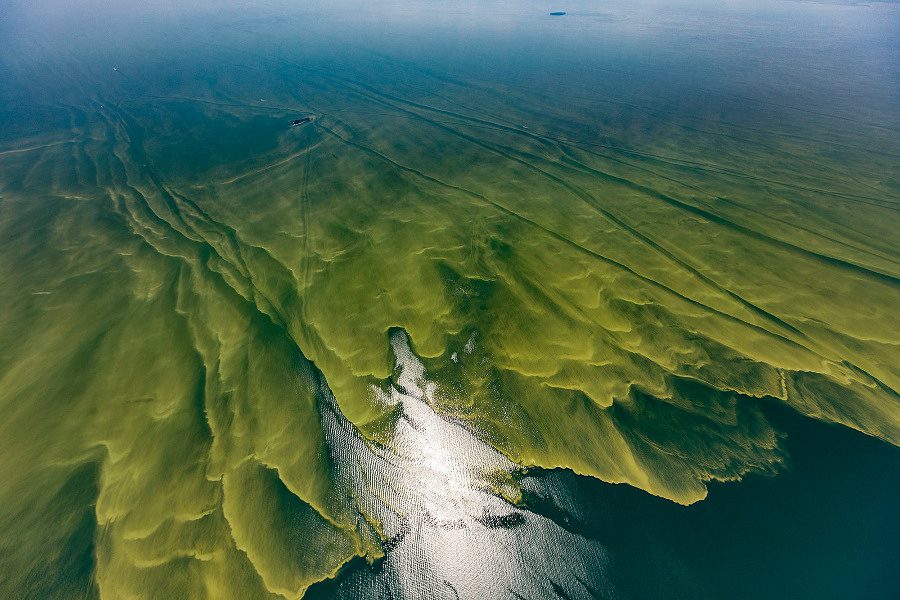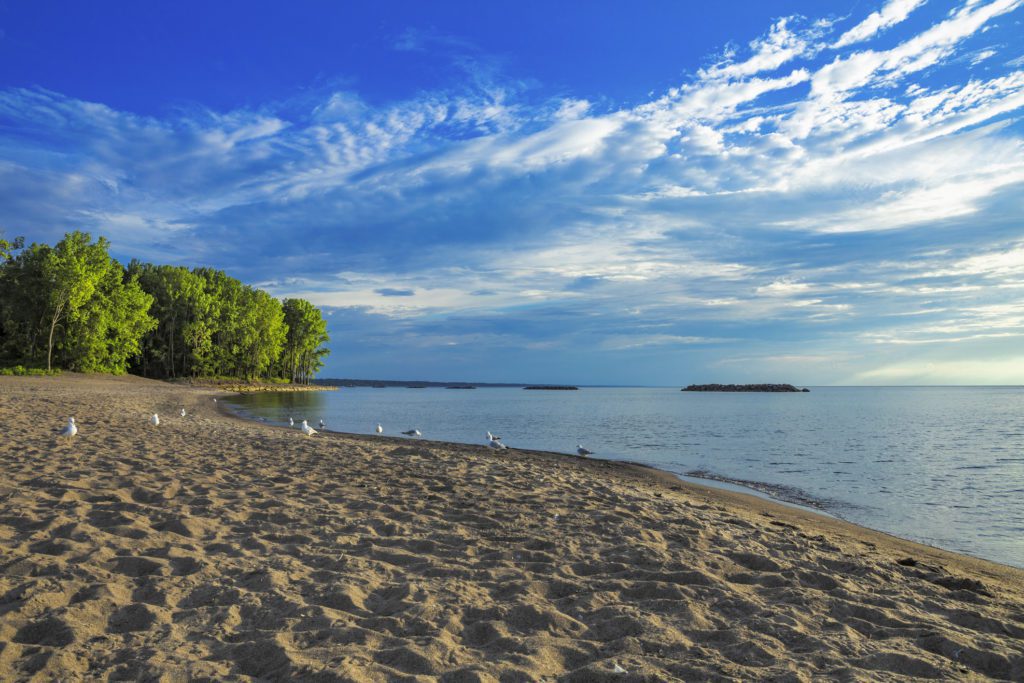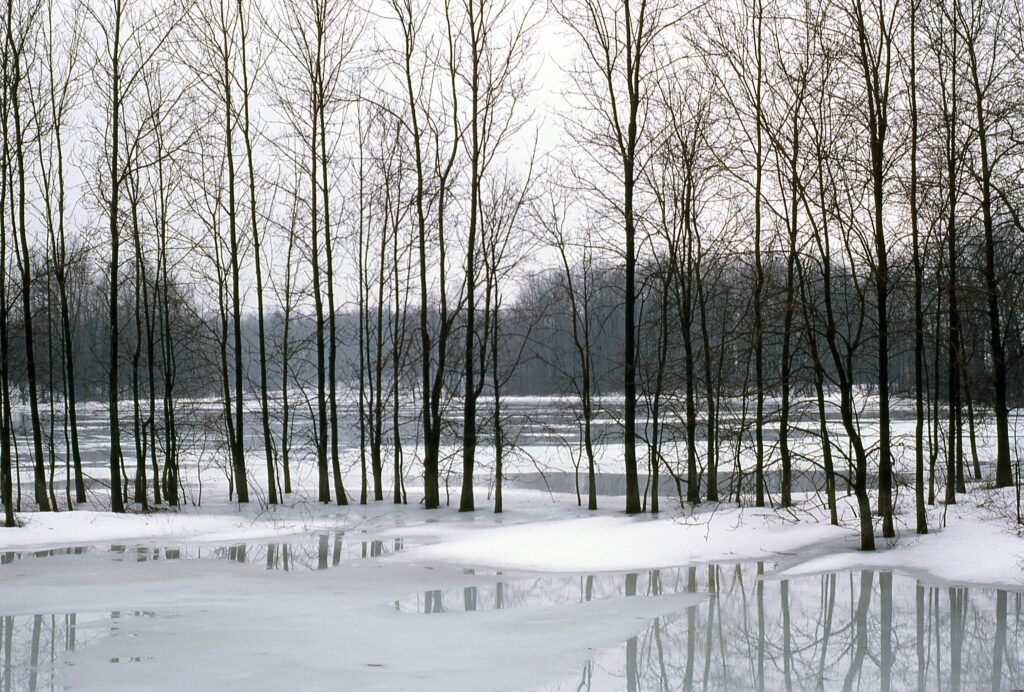The National Oceanic and Atmospheric Agency (NOAA) has now released its early season algae bloom forecast for Lake Erie and predicts a bloom that will be smaller than last year’s, but also slightly more severe.
NOAA is predicting this year’s bloom, on a scale of 1-10 will be less than 4.5 but it could be as bad as 6.5. Blooms that have a severity of greater than 5 are more likely to impact drinking water sources. And even a moderate bloom of 4.5 is cause for serious concern and can make treating drinking water become more expensive! A moderate bloom can also suffocate fish and other aquatic life in the area and make it unsafe to use the water for some recreational fun and sports during the warm summer months.
TAKE ACTION TO PROTECT LAKE ERIE FROM HARMFUL ALGAE BLOOMS
Why do algae blooms happen, and what can we do about it?
The main cause of the bloom is excess amounts of phosphorus that run off into the lake from agricultural sources and urbanized landscapes. Decreasing this phosphorus runoff from agricultural sources requires Canada, Ontario, and our U.S. partners to have robust targets and implementation plans to put into action. It also requires implementing natural infrastructure solutions that reduce the amount of impervious surfaces – hardened surfaces that do not allow any rainfall to flow back into the ground – in the city landscape.

The good news is that Canada has a plan – the Canada-Ontario Lake Erie Action Plan – which is a joint action plan between the federal and provincial government that establishes a clear goal to reduce phosphorus loadings to the western and central basins of Lake Erie by 40 per cent by 2025. There is an urgency to act now, but the work plan – the details about who will do what and when – is over two years overdue and the implementation is falling more and more behind. Canada and Ontario along with the U.S. and New York, Pennsylvania, Ohio, and Michigan, who all share the Lake Erie basin, need to collectively work together to implement the solutions we already have at our fingertips.
Farming and agriculture
Farming is a major industry in the Lake Erie Basin. For example, between dairy and beef cattle, pigs, and chickens, there are an estimated 20.4 million animals in the Maumee watershed alone in northwestern Ohio, which drains in the western basin of Lake Erie. These animals are producing millions of tons of manure each year. That is a lot of animal waste! This is hard on the lake because of all the phosphorus that it contains.

A significant amount of work has been done over the years to help to develop and implement best management practices that enhance nutrient, soil, and water stewardship on privately owned agricultural and public lands. Some of these best practices include managing manure and commercial fertilizer applied to farm fields and managing agricultural soils in ways that help build and sustain soil health, increase water infiltration into the soil, and reduce nutrient loss.
However, not enough is being done. Voluntary programs are in place on both sides of the border to have farmers implement best management practices. Unfortunately these have not been adopted widely enough in order to achieve significant reductions in phosphorus loadings from agriculture . That is why some experts and advocates are calling for greater regulations. A recent poll even showed that a significant number of residents in upper Ohio favor regulations on manure and also a moratorium on concentrated animal feeding operations in the region. Regulations would help reduce the phosphorus loadings entering Lake Erie from farming on both sides of the border.
Hardened surfaces and lack of natural infrastructure in cities
In addition to regulations to reduce agricultural sources of phosphorus, green stormwater infrastructure can help reduce inputs from urban environments, including combined sewer overflows. It can do this by reducing the amount of impervious surfaces in the urban landscape. Impervious means a surface where water from rainfall cannot pass through such as concrete sidewalks and roads. Increased impervious surfaces in cities put a huge amount of stress on the sewer systems when heavy rainfall occurs. Combined sewer overflows occur when heavy storms happen because these events overwhelm the wastewater system and so stormwater and untreated sewage are discharged directly into a river or lake. Billions of gallons of untreated sewage makes its way into Lake Erie every year!

On the other hand, green stormwater infrastructure includes pervious or permeable landscape designs. These designs such as permeable soil, rain gardens, green roofs, wetlands, or permeable pavement allow a certain amount of rainfall to be passed through the surface and absorbed back into the ground. This amount of rainfall that infiltrates into the ground then can replenish groundwater aquifers. During heavy rainfall, because permeable surfaces allow more rainfall to infiltrate back into the ground, less rainfall makes its way into the sewer system and therefore combined sewer overflows are reduced.
Wide scale investment and implementation of various forms of natural infrastructure, including green stormwater design throughout the Great Lakes basin and in the Lake Erie basin, is one of the most important solutions available for better resolving the problems that we face with severe algae blooms. Green stormwater design also reaps many other benefits such as improved overall water quality, reduced flooding, improved air quality, reduced temperatures in urban landscapes, enhanced habitat and biodiversity, and community well-being.
We hate to be a broken record every year, but the time to act with urgency is now!
We know algae blooms are a major problem. And a recent study found that the global climate change value of protecting Lake Erie from harmful algae blooms and their associated methane emissions is ten times as great as the economic value of local recreational use of beaches or sport fishing. Granted, there have been some steps in the right direction, such as the recent investment through the Canadian Agricultural Partnership, with the Lake Erie Agriculture Demonstrating Sustainability (LEADS) initiative that will offer support to 220 farmer-led, cost-sharing projects to help farmers improve soil health and reduce the risk of nutrient losses on their agricultural properties. However, it’s crucial to make sure that the actions taken are in alignment with the severity of the problem. Thus far, actions have fallen short of doing so.

The urgency to act now to protect Lake Erie through collaborative actions on both sides of the U.S./Canada border is very real and right in our faces each summer, with every bloom we see. Canadians must continue to press our leadership from all levels of jurisdiction to move more swiftly on implementing the solutions. And if voluntary mechanisms put in place are not being adopted widely enough to achieve meaningful progress towards meeting the targets, then governments should also consider if taking other approaches is necessary. After all, losing Lake Erie would be truly devastating for the millions of people who depend upon it.
Take Action: Help protect Lake Erie from harmful Algal Blooms









